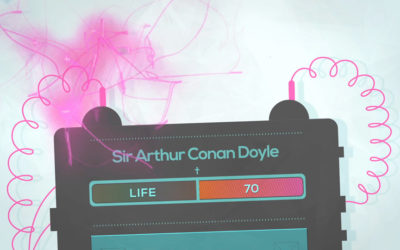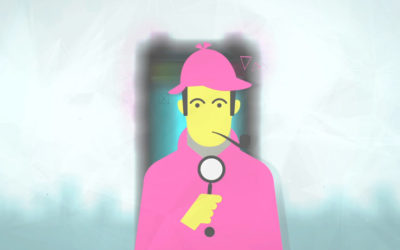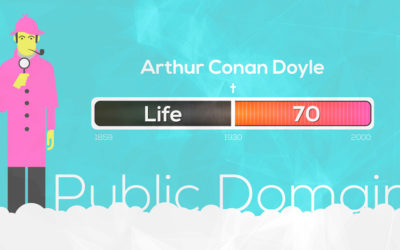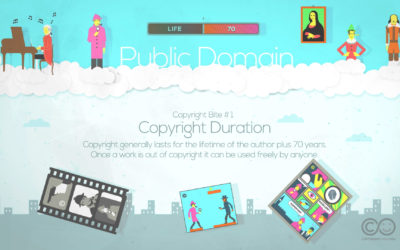Copyright Bite #1.5
 In the video, we see Sherlock – now in the public domain – appearing in films, comic books and computer games made by other creators. The work they have created is original to them and protected by copyright, but Conan Doyle’s stories remain in the public domain for others to use. In this way, material in the public domain plays an important role in encouraging and enabling creative activity: it provides inspirational raw material for new generations of creators to use and re-use in expressing themselves and in creating their own original work.
In the video, we see Sherlock – now in the public domain – appearing in films, comic books and computer games made by other creators. The work they have created is original to them and protected by copyright, but Conan Doyle’s stories remain in the public domain for others to use. In this way, material in the public domain plays an important role in encouraging and enabling creative activity: it provides inspirational raw material for new generations of creators to use and re-use in expressing themselves and in creating their own original work.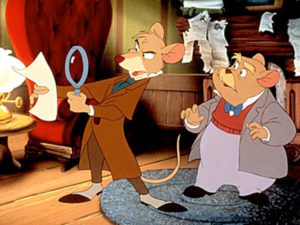 And it is not just individual creators that benefit from the public domain. Many successful media companies routinely benefit from the public domain. For example, the Walt Disney Company has always enjoyed great success in creating highly engaging and lucrative work based on public domain material. Think about many of their classic animated films: Snow White and the Seven Dwarves and Pinocchio; Cinderella and Sleeping Beauty; Robin Hood and the Hunchback of Notre Dame. All are based on public domain material, whether legends, myths and fairy-tales or other stories no longer in copyright.
And it is not just individual creators that benefit from the public domain. Many successful media companies routinely benefit from the public domain. For example, the Walt Disney Company has always enjoyed great success in creating highly engaging and lucrative work based on public domain material. Think about many of their classic animated films: Snow White and the Seven Dwarves and Pinocchio; Cinderella and Sleeping Beauty; Robin Hood and the Hunchback of Notre Dame. All are based on public domain material, whether legends, myths and fairy-tales or other stories no longer in copyright.More from Bite #1
Copyright Bite #1.1
Copyright does not last forever. In the UK, and across Europe, copyright in books, plays, music, works of art and films comes to an end 70 years after the author’s death.
Copyright Bite #1.2
Knowing that copyright generally lasts for the lifetime of the author plus 70 years is a useful rule of thumb, although this rule does not apply to all types of copyright work.
Copyright Bite #1.3
The man in pink is, of course, the inimitable Sherlock Holmes. Even before Holmes was released from the time capsule, you probably knew it was him.
Copyright Bite #1.4
Having become tired of his famous creation, Conan Doyle decided to kill him off in 1893.
Copyright Bite #1.6
When most people discuss copyright in a work coming to an end, they talk about the work falling into the public domain. The metaphor of ‘the fall’ carries a number of – mostly negative – connotations.
More Copyright Bites
Copyright Bite #1
Copyright Bite #1 considers how long copyright lasts and what it means to say that a work is protected by copyright or in the public domain.
Copyright Bite #2
Copyright Bite #2 explores how copyright protects only the expression of ideas and not ideas themselves.
Copyright Bite #3
Copyright Bite #3 considers how you can lawfully make use of, or borrow from, works that are still in copyright, but without having to ask for permission or make payment to the copyright owner.
Copyright Bites Credits
Copyright Bites: Credits and Acknowledgements

